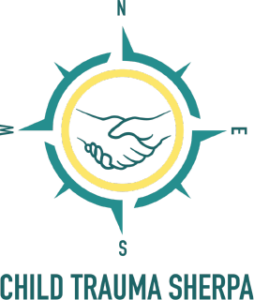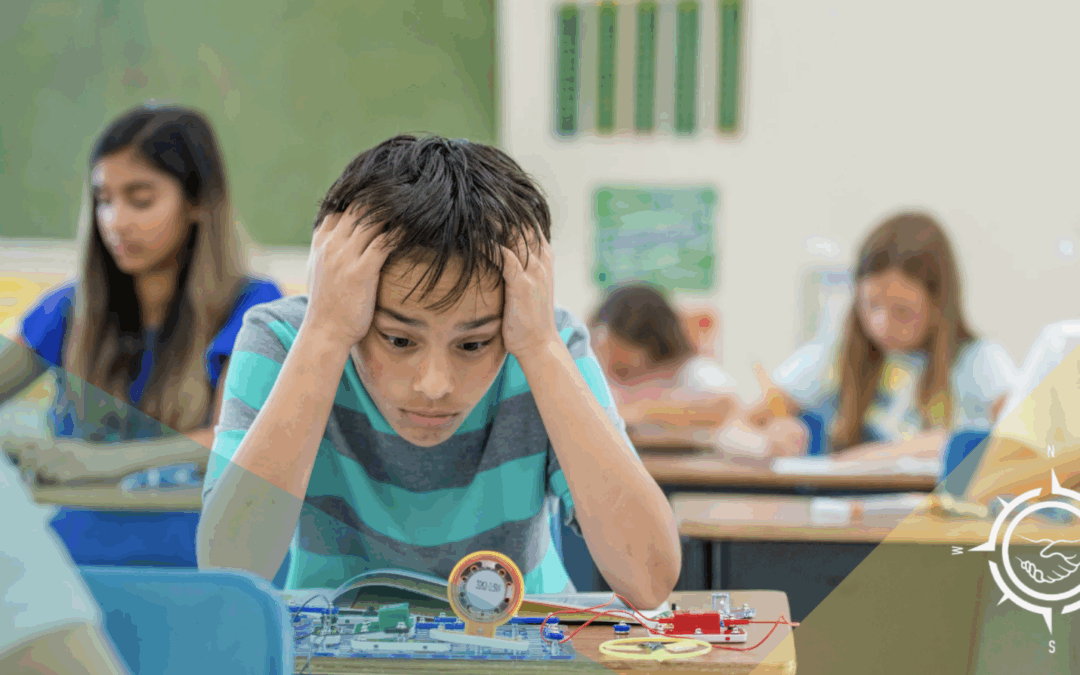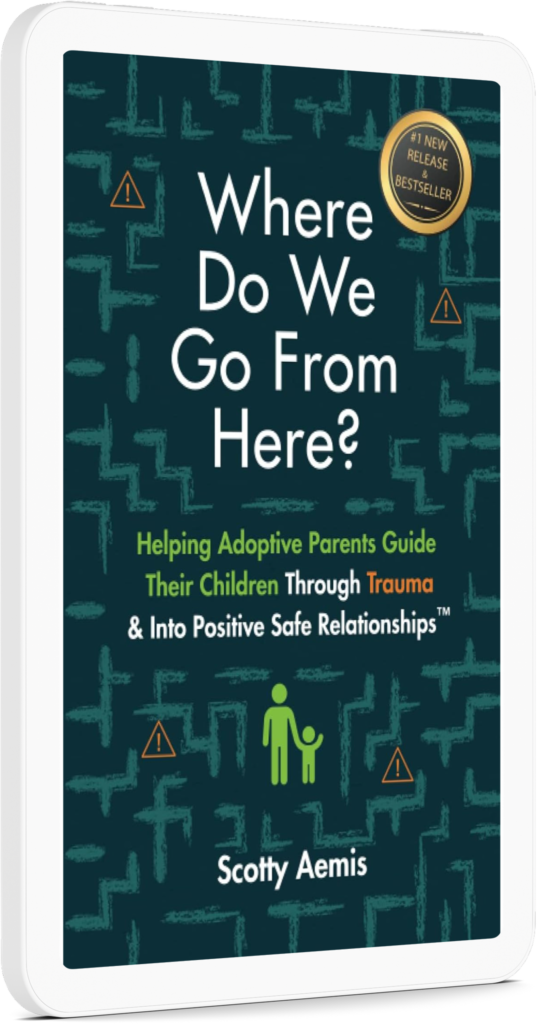The Long-Term Consequences of Untreated Trauma
Untreated childhood trauma can lead to chronic stress, which can really do a number on the body. This can lead to life-long health consequences. In this article, we’ll take a look at the effects of unhealed childhood trauma and chronic stress, plus how you can start to heal from childhood trauma for better health outcomes!
Adverse Childhood Experiences (ACEs)
According to the Centers for Disease Control and Prevention (CDC), 60% of adults have experienced at least one ACE, while 16% have dealt with four or more. The more ACEs you’ve experienced, the more their effects can add up over time.
ACEs can be divided into four main categories:
- Abuse – physical, verbal, emotional, and sexual abuse
- Neglect – physical and emotional
- Household Challenges – such as divorce, death, abandonment, poverty or homelessness, bearing witness to physical or emotional abuse, family member with substance abuse or mental illness, serious accidents or illness of a loved one, death of a pet or loved one
- Community Incidents – includes natural disasters, terrorism, community violence, school violence, and social rejection
Does Everyone with Childhood Trauma Have Long-Term Consequences?
It’s important to know that not everyone who has experienced childhood trauma will develop long-term consequences. This is because long-term consequences are influenced by several factors, including what the trauma was and your ability to cope or heal from that trauma.
The five major influences of long-term consequences of childhood trauma include:
- How serious the event was – this is subjective, so if the survivor feels it was severe, this can greatly affect their perception of their trauma and the long-term consequences of it.
- How close the trauma was to you – the closer you are to the trauma, the more it can affect you. So whether you were a victim, a witness, or it was something you learned about can determine how severe the effect of that trauma is on you.
- How your caregivers reacted to the trauma – feeling understood by your caregivers can facilitate a healthy relationship built on trust. For those who do not feel understood by their guardians, this lack of attention can amplify the trauma.
- If there was previous trauma – trauma can compound, so experiencing multiple traumas can amplify the impact it has on you.
- If there was support or backlash from your community – our communities and social identities impact us in many ways and those around you respond differently to traumatic events. Having a supportive community can positively impact a child and reduce the long-term risks of childhood trauma.
The Long-Term Effects of Childhood Trauma
Now that we have a better understanding of childhood trauma in general, we can now explore the long-term consequences of untreated and unhealed childhood trauma.
In the moment of trauma and immediately after the experience, your brain and body undergo a neurochemical and biological reaction. This is known as the fight or flight response. When you have experienced trauma, it can be difficult for your body to regulate itself, as you are constantly on high alert for the next trauma to occur due to broken trust and a lack of safety. When you are in this constant state of fight or flight, it leads to chronic stress, which has a number of long-term health consequences.
Those who have experienced childhood trauma left untreated are at a higher risk of developing physical health issues such as:
- Heart disease
- Autoimmune Disorders
- Diabetes
- Cancer
- Stroke
- Obesity
- Addiction
But there is also emotional and psychological damage, especially if you are unable to cope or heal from that traumatic experience. Childhood trauma is associated with:
- Anger and Aggression
- Anxiety
- Lack of Trust
- Low Self-Esteem
- Changes in Appetite
- Development of New Fears
- Increased Thoughts about Safety or Death
- Self-Destructive Behaviors
- Suicidal Ideation
Hope in Healing – There’s No Time Limit for Healing!
It’s true that healing is easier when you are younger. The brain is growing and making new connections all the time up through the age of 25. This greater neuroplasticity makes it easier to heal from trauma when you are younger. But that doesn’t mean you can’t heal from past traumas after the age of 25–there is hope!
Healing from childhood trauma requires a holistic approach. It includes learning self-regulation techniques, coping mechanisms, and participating in evidence-based therapy treatments. As the parent or guardian of a child with trauma, focusing on creating a safe environment and building trusting, safe relationships is key! Here at the Child Trauma Sherpa, we offer a ton of free resources on building resilience, empowering your future, learning self-regulation techniques, developing positive safe relationships, and so much more! Be sure to connect with us on Facebook to get even more insights on healing from childhood trauma.


